15 Old-School Horror Films That Influenced Modern Slashers
If you enjoy modern slasher films, it is worth taking a look at their origins in older horror classics. These early films introduced many of the elements that we now associate with slasher movies, from creepy killers to heart-pounding tension. They influenced the structure and style of today’s films, leaving a lasting impact on the genre. These old-school gems are not just relics of the past; they are crucial to understanding how horror has evolved. Dive into these classics to see how they paved the way for the slashers that followed.
This post may contain affiliate links, which helps keep this content free. Please read our disclosure for more info.
Psycho (1960)
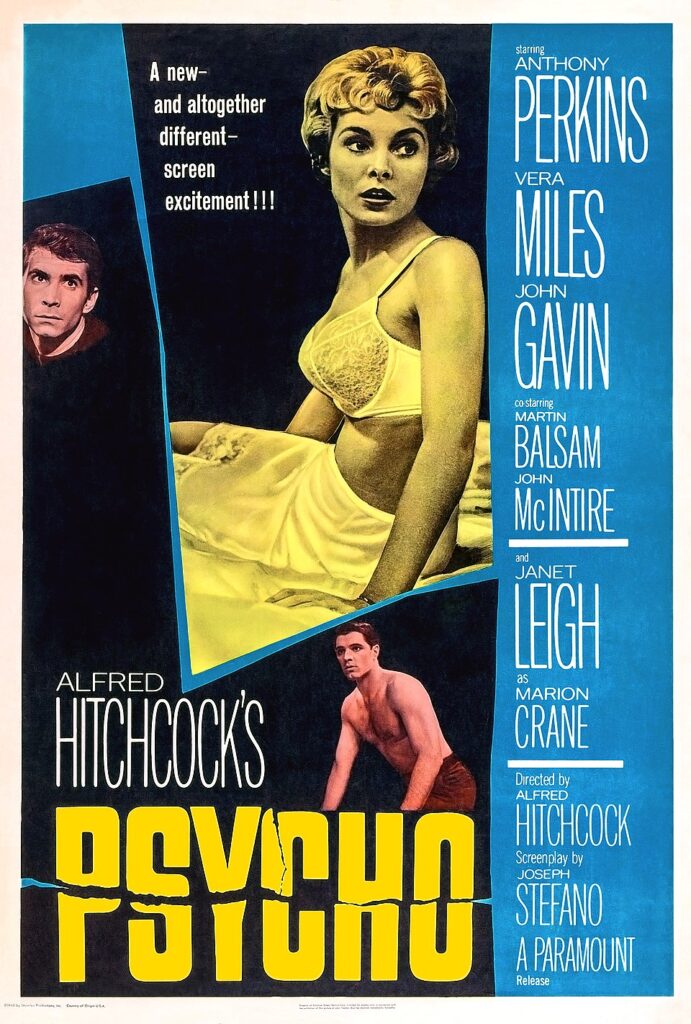
Hitchcock’s Psycho is often considered one of the most influential films in the horror genre. The film introduced the concept of a seemingly innocent character hiding a dark secret, paving the way for the “final girl” trope that many slasher films follow. It also showcased shocking violence and suspense, with its infamous shower scene becoming a model for graphic moments in later horror. The film’s exploration of mental illness and its shocking twist laid the groundwork for the psychological thrillers and slasher films that followed.
The impact of Psycho can still be felt in films such as Halloween and Friday the 13th. Its influence on the slasher genre is immense, particularly in how it approaches tension and surprise. Hitchcock’s use of music and sound to elevate the horror experience is still studied today. Psycho changed the horror landscape, showing that horror could be both psychological and violent without relying solely on gore.
Peeping Tom (1960)
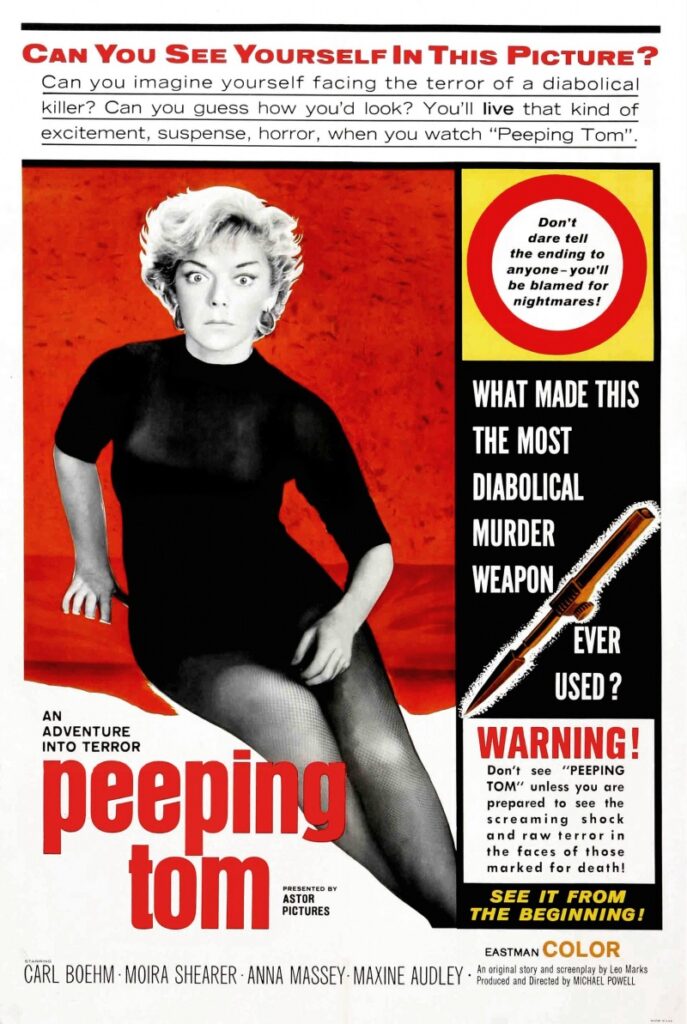
Peeping Tom is often overlooked but is an essential film in the history of slasher films. Directed by Michael Powell, it tells the story of a cameraman who films his murders, offering a voyeuristic take on horror. This film introduced the concept of the killer’s perspective, influencing how later films used the point of view of the killer to create tension. The combination of psychological terror and graphic violence made it one of the first films to blur the line between victim and perpetrator.
Despite its initial criticism, Peeping Tom has since been recognized as a precursor to the slasher genre. It was one of the first films to show a killer’s backstory in detail, allowing the audience to understand his motives. The film’s use of voyeurism and its portrayal of the killer as a sympathetic character influenced movies like Maniac and The Texas Chainsaw Massacre. Its approach to psychological horror set the stage for more complex characters in later slashers.
Black Christmas (1974)
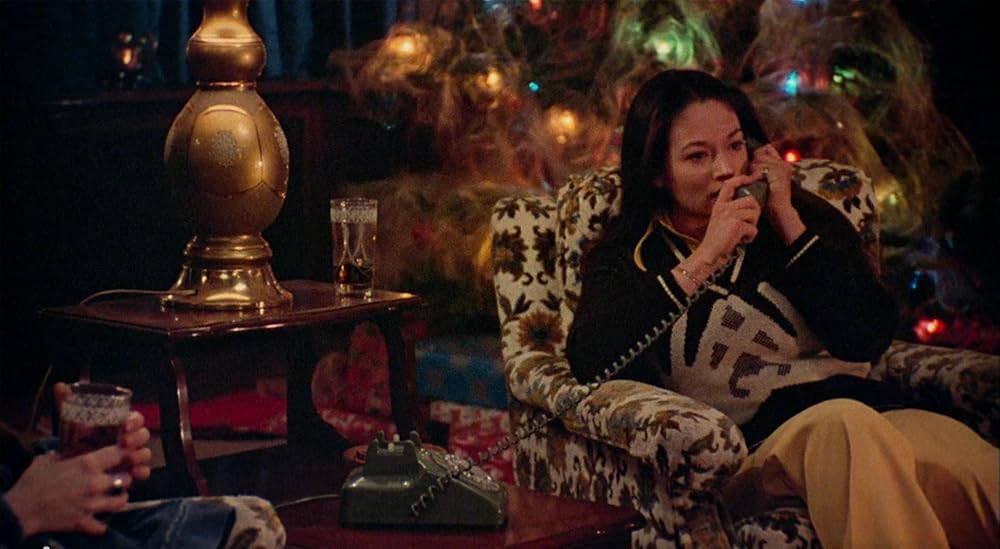
Black Christmas is often credited as one of the earliest examples of the slasher genre. The film follows a group of sorority sisters who are stalked by a mysterious killer during the holiday season. It introduced many of the tropes we associate with slasher films, including the anonymous phone calls, a first-person killer perspective, and a final girl. The film’s slow-building suspense and shocking violence paved the way for later slasher films like Halloween and Friday the 13th.
Its influence on modern horror cannot be overstated. Black Christmas established the template for a holiday-themed slasher and featured one of the earliest instances of the “killer in the house” scenario, a theme that would be revisited in later films. The film’s exploration of isolation and fear of the unknown resonates in many slashers that followed. The tension it builds through the use of anonymous calls and unseen threats is a hallmark of the slasher genre.
Texas Chainsaw Massacre (1974)
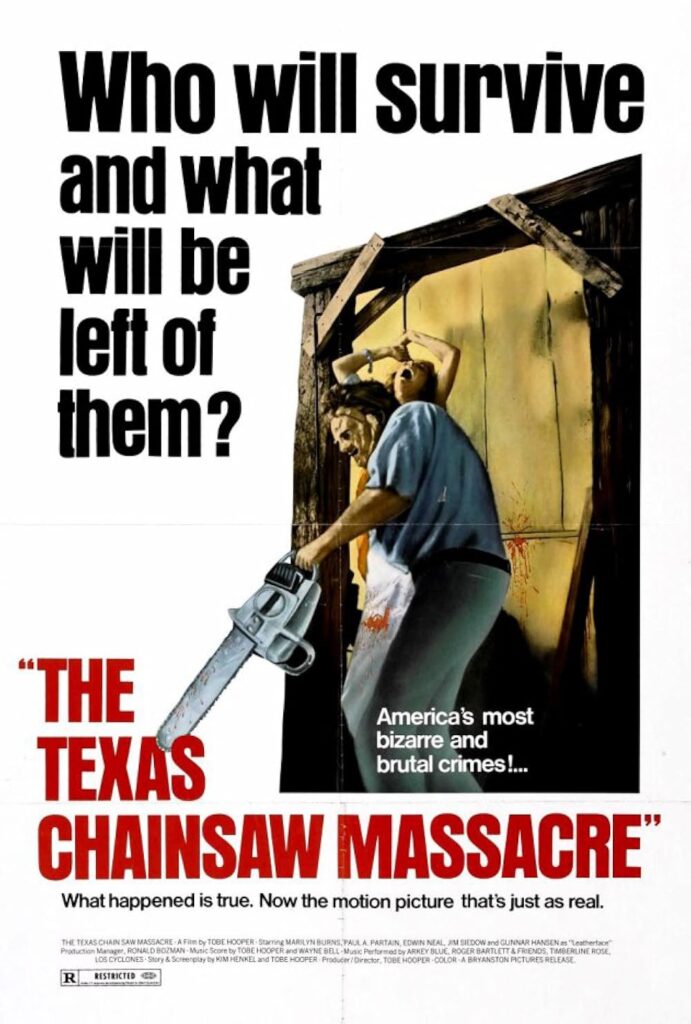
Tobe Hooper’s The Texas Chainsaw Massacre is a cornerstone of the slasher genre. The film introduced the character of Leatherface, one of horror’s most iconic killers, and set the stage for future slasher villains. Its portrayal of rural horror, graphic violence, and a family of cannibals created a sense of terror and dread that would influence countless films. Unlike its contemporaries, Texas Chainsaw Massacre used a raw, gritty style that was more disturbing than overtly gory.
The film’s shocking imagery and its atmosphere of dread set a new standard for horror films. It showed that a slasher film could be more than just a body count—it could be an exploration of fear and brutality. The film’s influence is still seen in many modern slasher films, from The Hills Have Eyes to The Devil’s Rejects. Its combination of real-world terror and gruesome violence continues to resonate in the genre.
Halloween (1978)
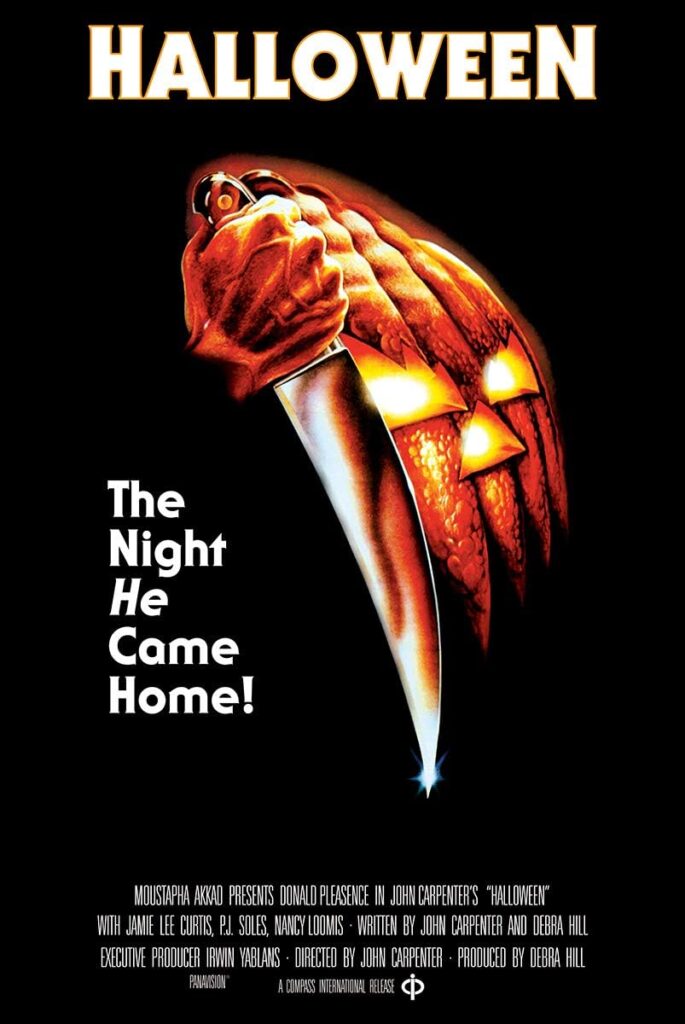
John Carpenter’s Halloween is often considered the template for the modern slasher film. The film follows Michael Myers as he escapes a mental institution and returns to his hometown to stalk and kill a group of teenagers. Its minimalist style, eerie soundtrack, and emphasis on suspense over gore made it a game-changer. Michael Myers, the iconic masked killer, became the prototype for the slasher villain, and the film introduced the “final girl” trope.
The film’s low-budget success and groundbreaking use of music influenced an entire generation of horror filmmakers. Its use of a silent killer and voyeuristic shots set the standard for the slasher genre. Carpenter’s direction and the eerie atmosphere built with long tracking shots made Halloween a masterclass in creating tension. The film’s legacy is seen in films like Friday the 13th and A Nightmare on Elm Street, which built upon its concepts and success.
Friday the 13th (1980)
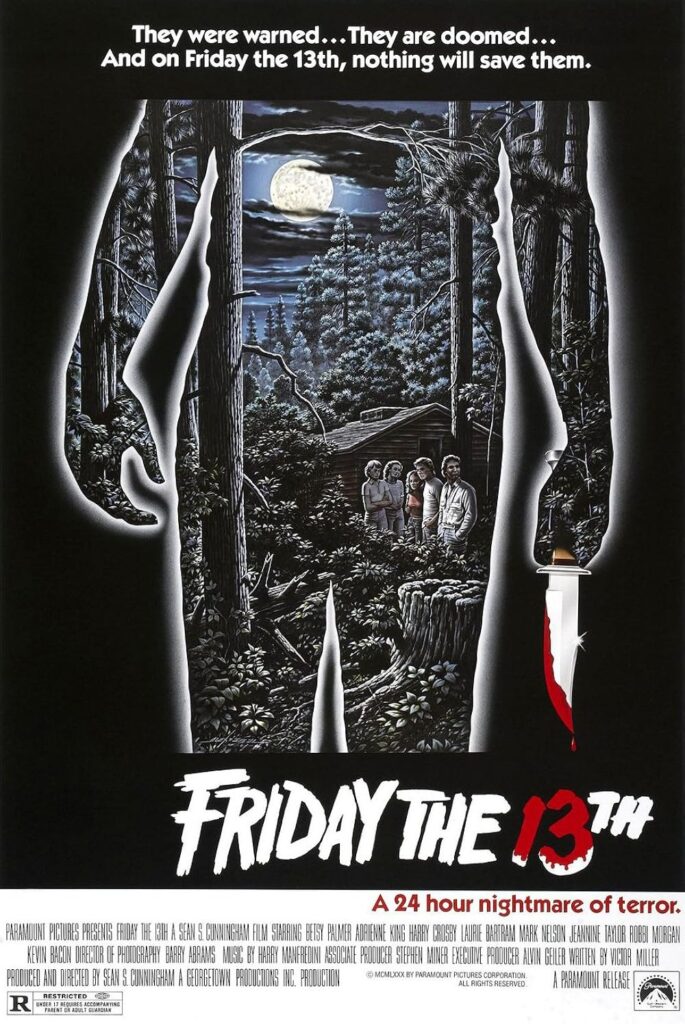
Friday the 13th helped solidify the slasher genre as a mainstream horror subgenre. The film follows a group of teenagers who are murdered one by one while working at a summer camp. Its formula—unwitting victims, a masked killer, and shocking deaths—became the foundation for future slasher films. While it may not have been the first slasher, it certainly popularized the genre in the 1980s.
The film’s impact on the slasher genre is undeniable. Jason Voorhees, the film’s killer, became a symbol of slasher horror, inspiring numerous sequels and imitators. The film’s use of graphic kills and its formulaic approach became a blueprint for many of the films that followed. Friday the 13th helped cement the slasher as a commercial powerhouse, setting the stage for franchises that would dominate horror in the coming decades.
A Nightmare on Elm Street (1984)
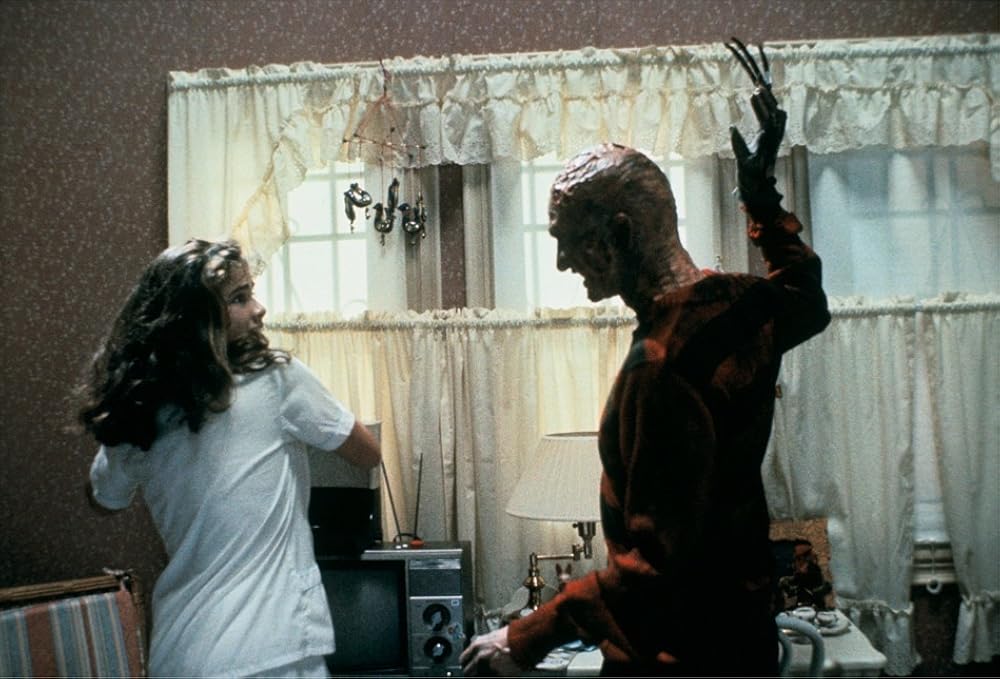
Wes Craven’s A Nightmare on Elm Street introduced the world to Freddy Krueger, a killer who stalks his victims in their dreams. The film was a fresh take on the slasher genre, blending supernatural horror with the familiar elements of slasher films. Freddy’s ability to attack in the dream world allowed for inventive kills and nightmarish sequences, influencing future films to explore similar themes. The movie’s mix of reality and nightmare blurred the lines between the two, adding psychological depth to the genre.
A Nightmare on Elm Street brought a level of creativity and imagination to the slasher genre that had been missing in earlier films. Freddy Krueger became one of the most iconic slasher villains of all time, known for his sharp tongue and even sharper glove. The film’s ability to blend terror with surreal fantasy influenced films that followed, such as The Ring and The Bye Bye Man. Its success showed that slashers could evolve beyond basic formulaic horror and add a unique twist.
The Burning (1981)
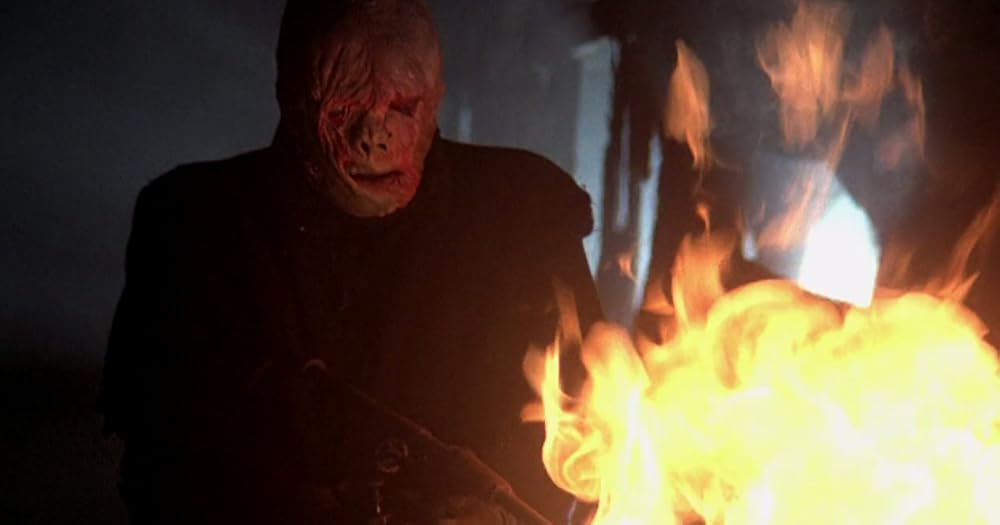
The Burning is often considered a hidden gem in the slasher genre, yet its influence is still strong. Set at a summer camp, the film follows a disfigured killer who seeks revenge on a group of teenagers. It features some of the most memorable kills of its time, with special effects by Tom Savini, known for his work on Dawn of the Dead. While it didn’t reach the mainstream success of Friday the 13th, it was an important entry in the genre.
The film’s graphic kills and disturbing imagery influenced future slasher films, establishing the template for camp-based horrors. Though often overshadowed by more famous slasher films, The Burning was ahead of its time in its depiction of gory violence. Its setting, campgrounds, and focus on teen victims would be echoed in later slasher films like Sleepaway Camp. It remains a cult classic and a significant influence on 1980s horror.
The Hills Have Eyes (1977)
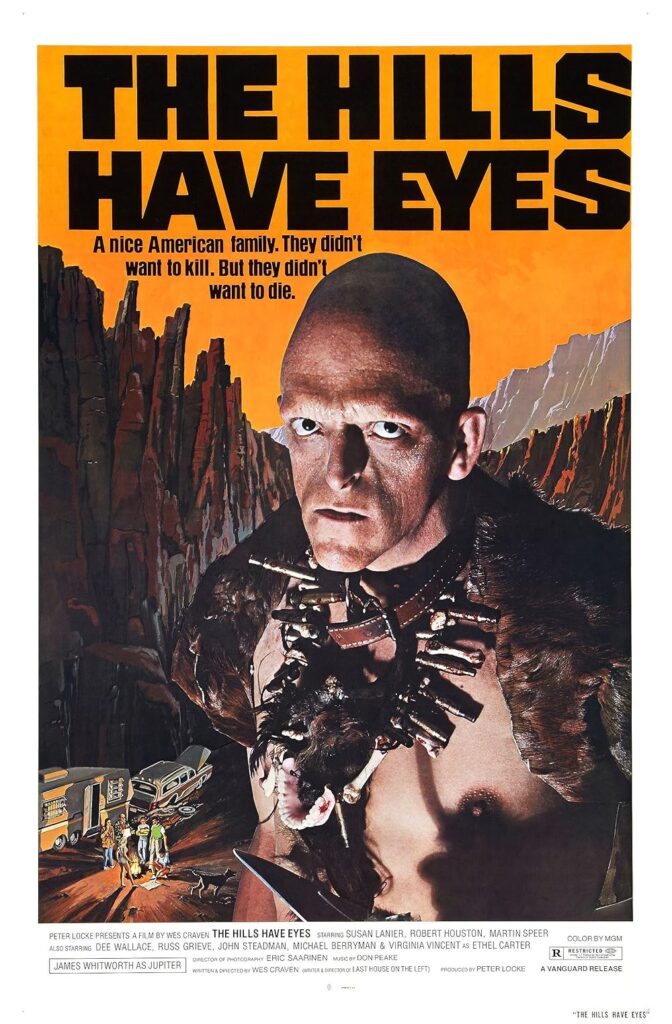
Wes Craven’s The Hills Have Eyes is a disturbing and brutal entry in the horror genre that influenced slasher films for years to come. The film follows a family who is stranded in a desolate desert, where they encounter a cannibalistic clan. The Hills Have Eyes introduced the idea of savage, inhuman killers who prey on vulnerable victims. Its gritty realism and shocking violence made it one of the most intense horror films of its time.
This film set the stage for many future survival horror and slasher films that explore the themes of isolation and barbarism. The family’s fight for survival against relentless killers inspired films such as The Texas Chainsaw Massacre and Wrong Turn. Craven’s ability to mix social commentary with horror laid the groundwork for films that wanted to be both terrifying and thought-provoking. Its intense atmosphere and ruthless killers continue to influence the genre today.
The Fog (1980)
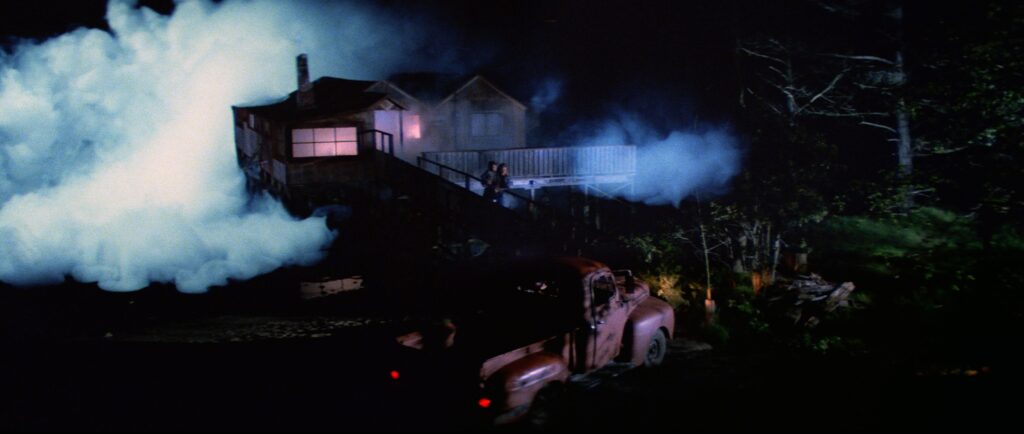
John Carpenter’s The Fog is often overshadowed by his more famous films, yet it still left an impact on the slasher genre. The film is about a coastal town that is haunted by the ghostly revenge of sailors who were killed years earlier. Carpenter’s ability to create atmosphere with minimal gore influenced later films in the genre. Though not a slasher in the traditional sense, The Fog contributed to the development of the supernatural elements often seen in slasher films.
The film’s eerie sense of dread and its use of fog as a literal and metaphorical barrier to safety created a template for future horror. The Fog helped cement Carpenter’s reputation as a master of building tension and creating fear without relying on excessive violence. Its influence is seen in films like The Mist and The Burning, which blend supernatural elements with slasher themes. Its slow-burn terror and focus on atmosphere were ahead of their time in the slasher genre.
Silent Night, Deadly Night (1984)
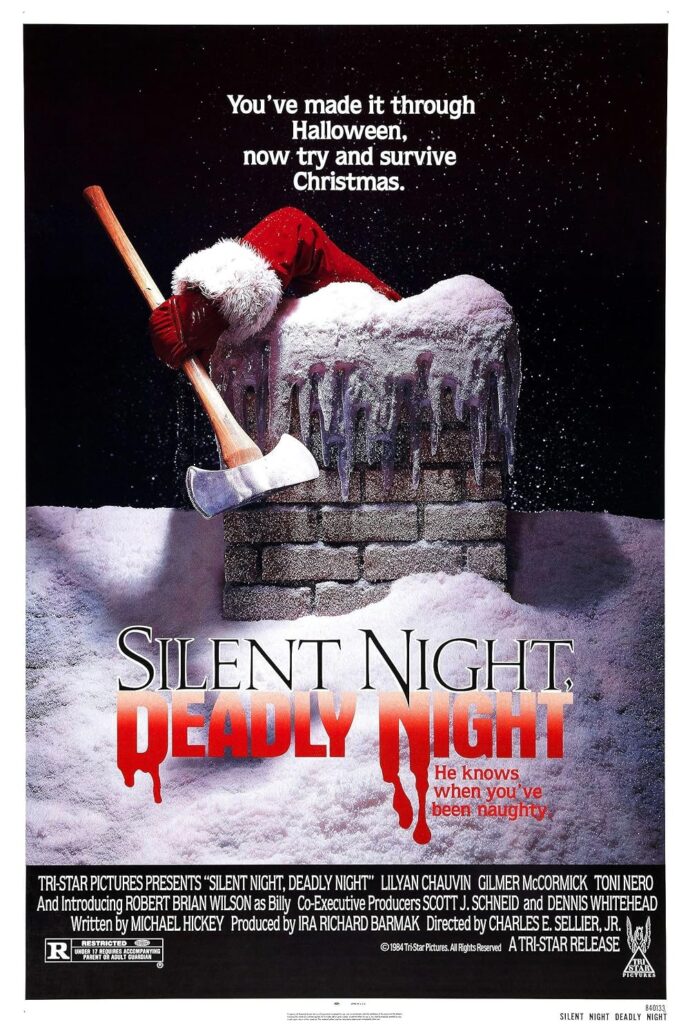
Silent Night, Deadly Night is a holiday horror film that introduced the concept of a killer Santa Claus, a trope that would reappear in many later films. The movie follows a man who, traumatized by his childhood, becomes a murderous Santa. Its controversial release caused outrage at the time, but the film’s shocking premise and violent scenes made it a cult classic. Silent Night, Deadly Night pushed the boundaries of what horror could do, blending Christmas cheer with slasher violence.
The film’s shock value and memorable killer character influenced later holiday-themed slasher films like Christmas Evil and Better Watch Out. Its portrayal of a slasher villain during the Christmas season became an iconic part of horror history. While the film faced backlash, it found an audience that appreciated its dark humor and over-the-top violence. Its impact is still felt today in the growing subgenre of holiday-themed slashers.
The House on Sorority Row (1983)
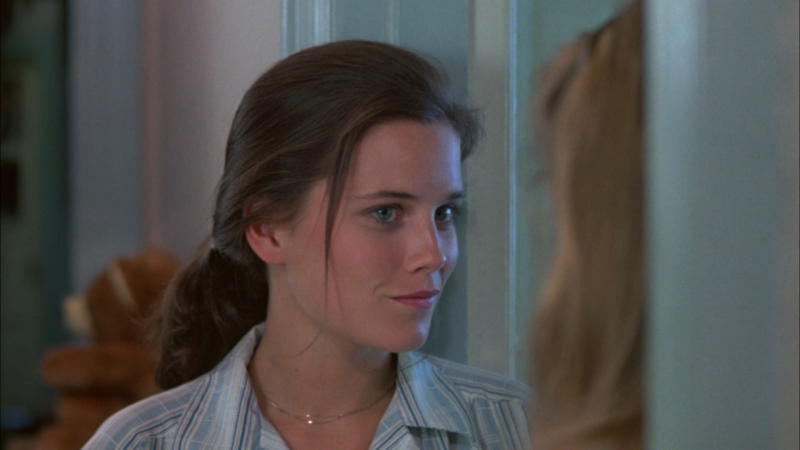
The House on Sorority Row takes place at a sorority house, where a prank gone wrong leads to a series of murders. The film was one of the many slasher films that capitalized on the college and campus setting, a popular theme in the genre. The killer’s methodical pursuit of his victims, combined with the film’s twist ending, set it apart from other slasher films of the time. Though it is often overlooked, it laid the groundwork for many later films that featured college campuses as the backdrop for horror.
The film’s suspenseful build-up and final twist made it an interesting addition to the slasher genre. Its mix of revenge, deceit, and terror would be echoed in later films such as Scream and Sorority Row. The formula of young victims being stalked by a hidden killer became a blueprint for many of the slasher films that followed. The House on Sorority Row continues to be appreciated for its strong performances and its approach to slasher horror.
Tourist Trap (1979)
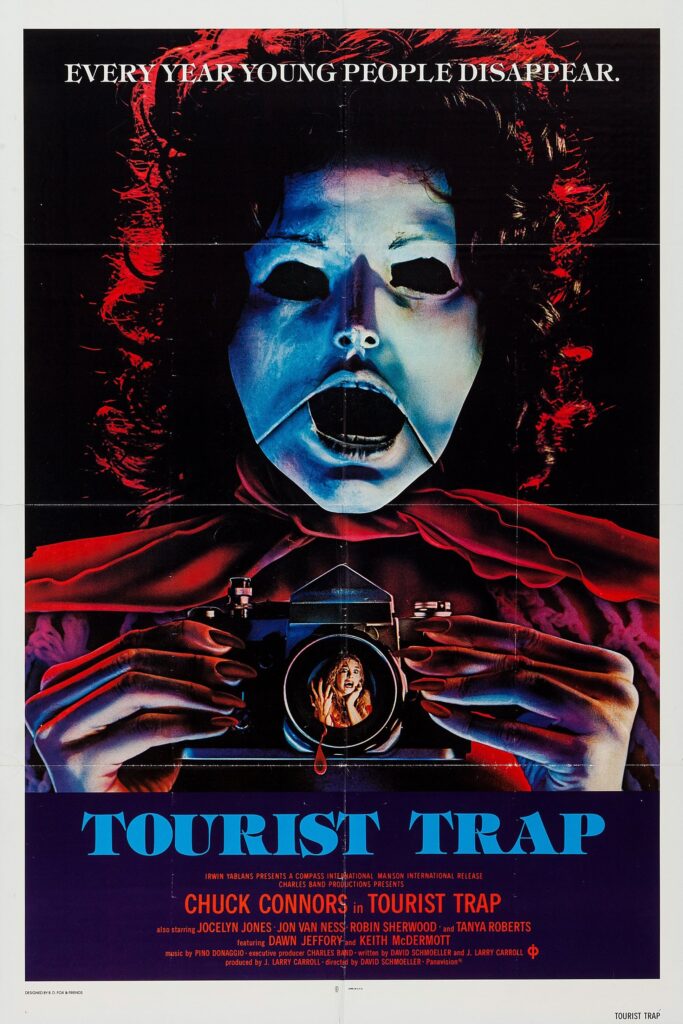
Tourist Trap is a slasher film that takes a unique approach, combining elements of supernatural horror with the classic slasher formula. The story follows a group of young people who become stranded at a creepy tourist attraction, where they are hunted by a deranged killer. The film features an eerie atmosphere, unsettling characters, and scenes of psychological terror. Though it didn’t achieve commercial success, its bizarre storyline and unsettling imagery have earned it a place as a cult classic.
The film’s use of mannequins and dolls adds a layer of psychological horror, creating a sense of unease throughout. Tourist Trap stands out for its blend of slasher and supernatural elements, influencing films that wanted to experiment with genre boundaries. Its themes of isolation and terror in unfamiliar places would be revisited in later films. It remains a unique entry in the slasher genre, often remembered for its creepy set pieces and memorable performances.
The Funhouse (1981)
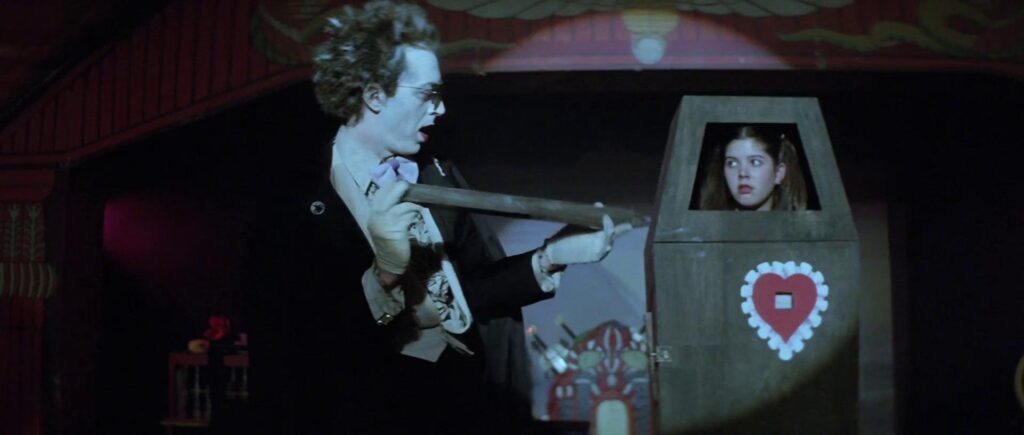
Tobe Hooper’s The Funhouse combines slasher tropes with carnival horror, creating a unique and terrifying setting. The story revolves around a group of teens who are trapped in a carnival funhouse, where they are stalked by a deranged killer. The film blends the slasher formula with elements of the carnival setting, adding a sense of chaos and confusion. Its eerie atmosphere, combined with the sense of claustrophobia, set it apart from other slasher films of the time.
The film’s influence can be seen in other movies that use theme parks or similar locations to heighten horror, such as Hell Fest and Carnival of Souls. The Funhouse is an example of how slasher films could evolve by adding unique settings and themes. The film’s dark, unsettling tone continues to resonate with fans of the genre. Its focus on suspense and slow-building terror made it a standout in early 80s slasher horror.
The Slumber Party Massacre (1982)

The Slumber Party Massacre is a unique slasher film that subverts many of the genre’s conventions. The film follows a group of high school girls who are targeted by a killer during a sleepover. What sets it apart is its satirical tone and the fact that it was directed by a woman, Amy Holden Jones. While it includes the familiar elements of a slasher film, it also plays with the tropes in a way that feels both fresh and self-aware.
The film’s mix of humor and horror influenced later films that combined slasher tropes with meta-commentary, such as Scream. The Slumber Party Massacre has become a cult favorite, appreciated for its blend of slasher thrills and its playful take on the genre. Its empowering portrayal of female characters fighting back against the killer also made it stand out in a genre often criticized for its treatment of women. The film remains a memorable part of the early 80s slasher wave.
This article originally appeared on Avocadu.
